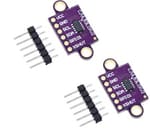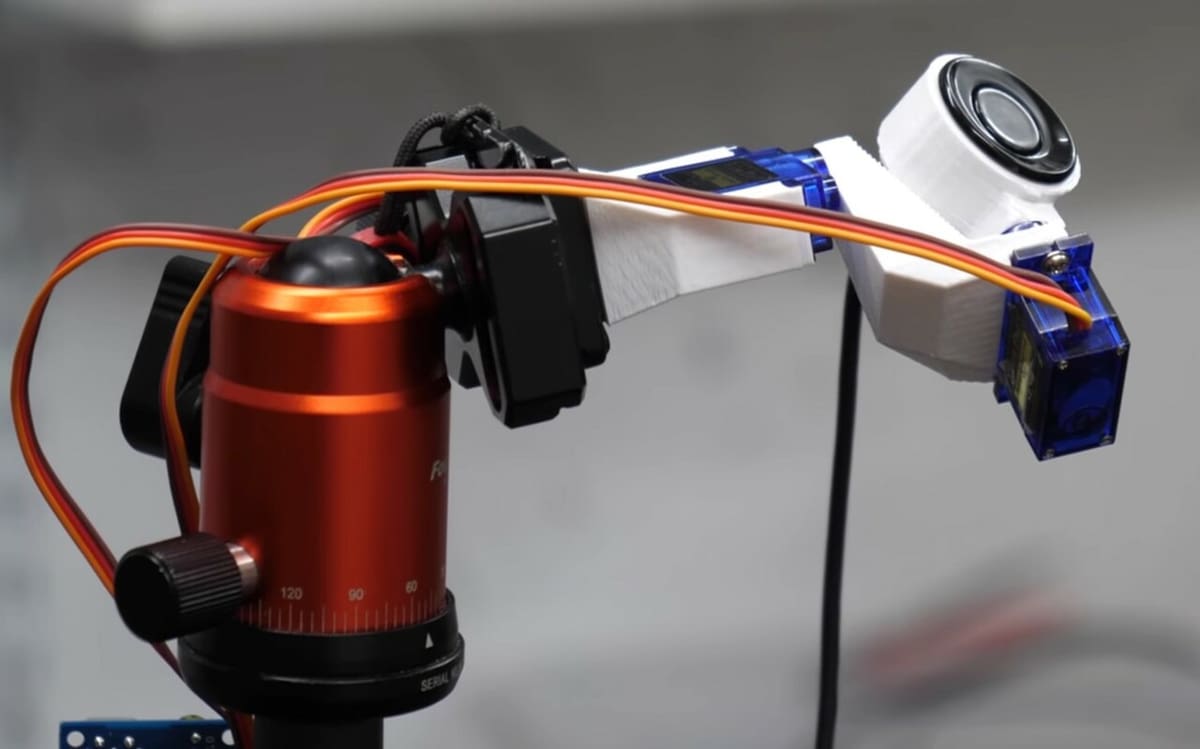What Are They?
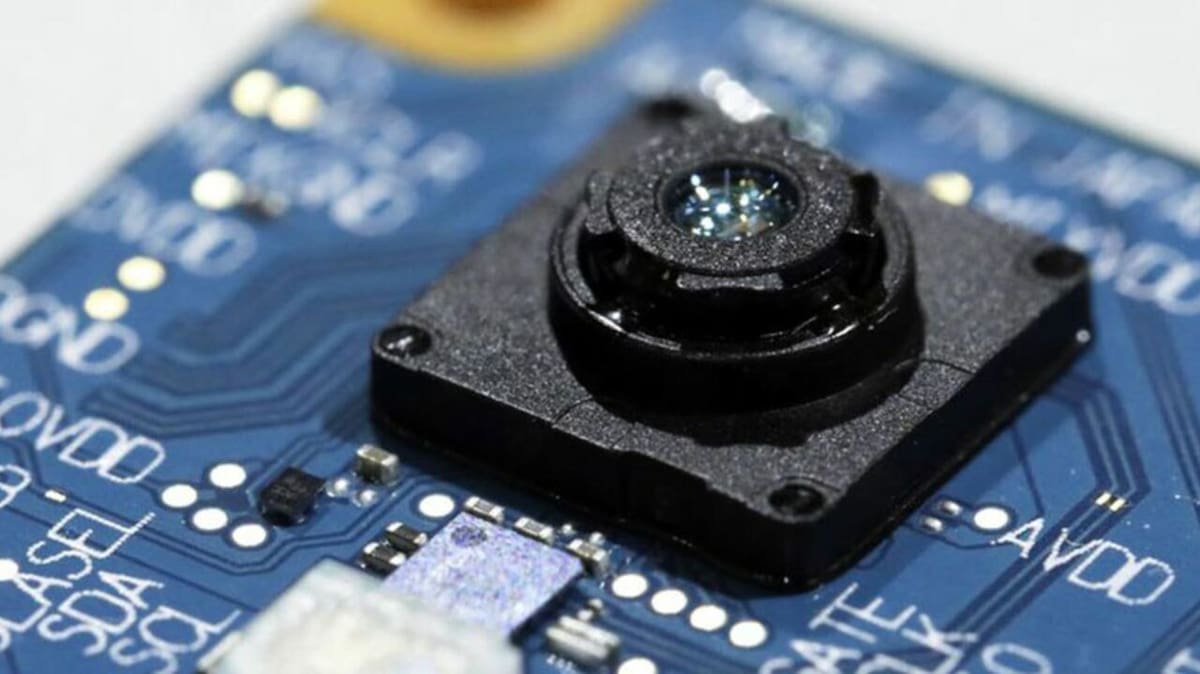
Recently, the developers of The Spaghetti Detective (TSD) sent out a poll asking users what they want to see done by the company in the future. Oh, and for those not in the know, TSD has nothing to do with food 3D printing. In its current form, its an OctoPrint plug-in that detects print failures with a camera and enables remote 3D printing. (The unusual name comes from the fact that failed prints can look like spaghetti!)
In their poll, TSD suggested using a time-of-flight (ToF) sensor to allow for 3D scanning on a 3D printer. Whether you wanted to participate in that poll or if you’re just excited about the potential of 3D scanning, you may be wondering, what exactly is a time-of-flight sensor? The short answer: A time-of-flight sensor is a device that’s capable of digitally modeling an object or area.
These devices are found in several recent smartphone models and can gauge depth of the surrounding area to model objects and spaces. Time-of-flight sensors can map surroundings in three-dimensional space and are the same sensors used in Microsoft’s Xbox Kinect devices.
Yet, ToF sensors are a little more complicated than that, so we’ll explain more about how they work and how they can be used in the following sections.
How They Work
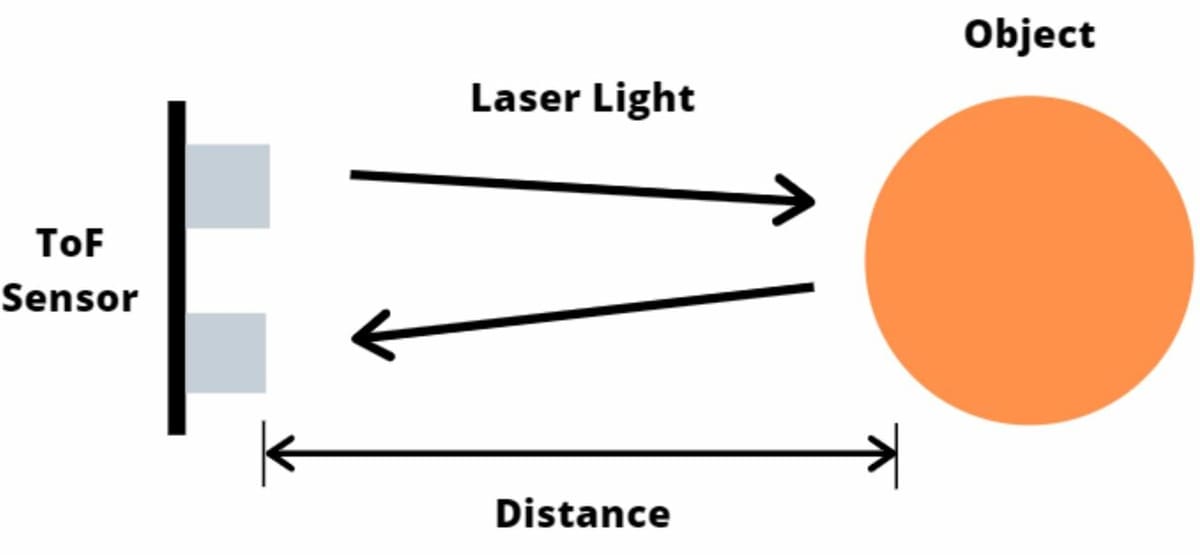
Time-of-flight may seem like a pretty arbitrary name for a camera-like device, but ToF sensors are named after the time-of-flight principle that they rely on to function.
The time-of-flight concept is a method of determining the depth of an object from a sensor. Essentially, this is done by measuring the time it takes for a signal to return to the sensor after reflecting off the surrounding objects. The length is calculated using various formulas that interpret the variables provided by the ToF sensor.
Although time-of-flight devices are usually called sensors, they contain a lot more than sensors: You’ll find an illumination unit to cast a light signal, a lens to gather the reflected light, and driver electronics to control the different components.
A Close-Up
The main type of signal used in time-of-flight sensors is light, but sound can also be adequate. The ToF sensors that relate most to 3D printing generally use lasers (light) to determine an object’s range, known as light detection and ranging (LiDAR) technology.
A computational unit is used to determine the distance inside the ToF sensor. These components all perform different tasks and work together to provide the variables needed to calculate the distance. Time-of-flight sensors act extremely fast, especially considering that light travels at 299,792,458 m/s.
Zooming Out
Time-of-flight sensors have different ranges depending on the sensor’s brand but can range from millimeters to kilometers. As you might have guessed, typically the more pricey ToF sensors have longer ranges.
These sensors are pretty reliable even in high temperatures and under high pressures. However, ToF sensors are ineffective in smokey and misty environments and don’t work with objects that have transparent surfaces due to the way light reacts. Additionally, different brands have varying capabilities and can handle certain environments, so this can influence which sensor you’ll want to use.
Uses
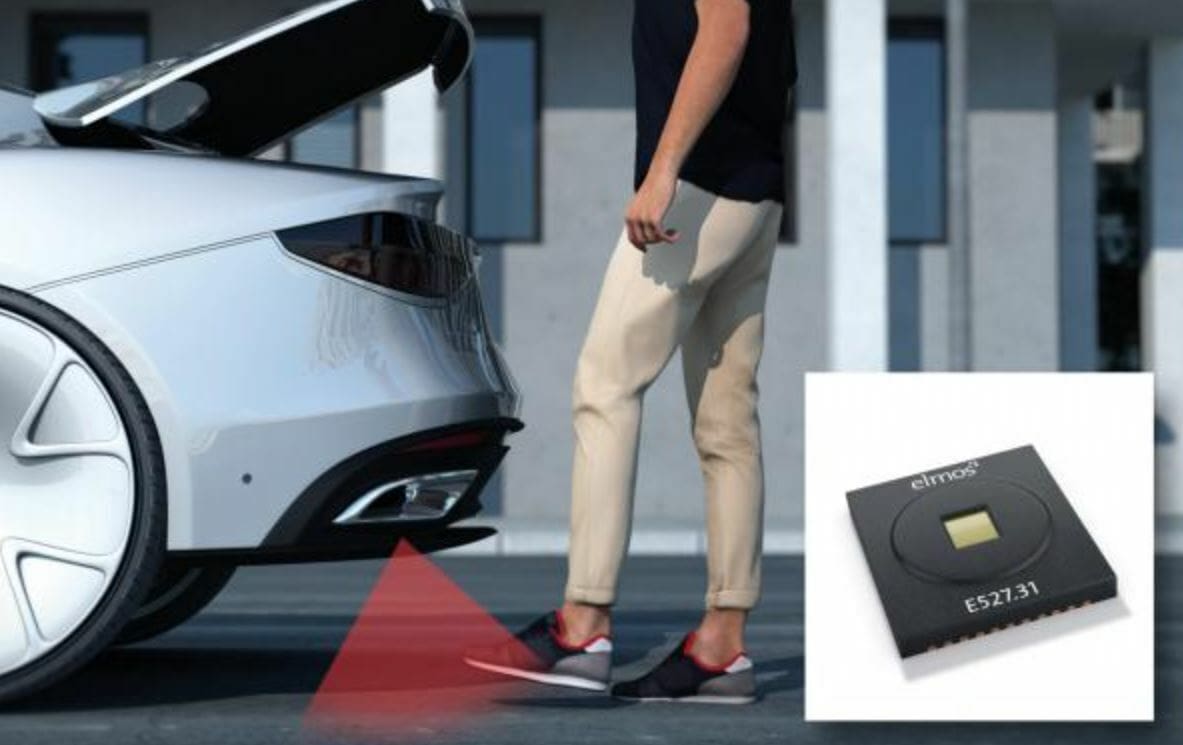
Time-of-flight sensors are used in many common devices like your smartphone or laptop camera; however, they can do so much more. They’re already used to create augmented reality technology, which adds a digital aspect to one’s real vision. Gesture recognition and face ID also utilize ToF sensors, which you may be familiar with on certain smart devices.
Another great use for them (that you might be doing more of nowadays) is blurring backgrounds on Zoom or Teams meetings.
3D Scanning & Printing
This ability to separate foreground and background can also be applied to 3D printing. In particular, time-of-flight sensors are a great way to 3D scan an object that you might not be able to design.
In The Spaghetti Detective’s recent poll, they hinted at the possibility of adding a time-of-flight sensor to a 3D printer to make a 3D scanning device to scan models on your print bed.
This could work if time-of-flight sensors were directed at a single object, because you don’t want to model any surrounding clutter besides what you’re trying to scan. At first, this might sound like an unfeasible task, but you have to remember that ToF sensors can already do this for different applications.
These sensors are used for blurring backgrounds on cameras to focus on one object, which is essentially the same task as what a time-of-flight 3D scanner would do. Time-of-flight sensors can concentrate on a specific location, directing the signal (light beams or sound waves) at one particular object of interest, making them great for 3D scanning. 3D scanning apps on certain smartphones do just this using the built-in time-of-flight sensors to precisely scan an object.
As time-of-flight technology continues to spread and mature, you may be seeing it used more, especially in 3D printing and scanning.
Lead image source: XDA Developers
License: The text of "Time-of-Flight (ToF) Sensors: What Are They & How Do They Work?" by All3DP is licensed under a Creative Commons Attribution 4.0 International License.
CERTAIN CONTENT THAT APPEARS ON THIS SITE COMES FROM AMAZON. THIS CONTENT IS PROVIDED ‘AS IS’ AND IS SUBJECT TO CHANGE OR REMOVAL AT ANY TIME.
